Out Of Stock
EtonGreen Caladium Mixed Color Bulbs(Set of 5 Bulbs)
₹450.00 ₹250.00
- Shipping charge ₹ 90 for entire order
- The genus Caladium includes seven species that are native to South America and Central America, and naturalized in India, parts of Africa, and various tropical islands. Caladiums are known for their big, heart-shaped leaves that display amazing color combinations of white, pink, red and green.
Caladiums can be grown in containers or clumped together within beds and border. There are numerous varieties of caladiums found in either the fancy-leaved or the strap-leaved cultivar. Often varieties that bloom for a short portion of the season.
Blooming on caladium plants is not common, but tubers planted in favorable locations tend to produce small flower.
-
Common Name Elephant ear, Heart of Jesus, Angel Wings Height Up to 80 cm Flower Color Pale yellow (the flower-like bud on a caladium is a spathe) Bloom Time The flowers are inconspicuous and when grown as annuals, they may not have time to flower at all. Difficulty Level Easy to grow -
Caladium Care
- Caladiums grow from tubers and can be propagated by dividing the tubers
- These plants thrive in moist, well-drained soil and are generally happier in partial shade
- As foliage begins to die down in the fall, reduce water, dig up and air dry bulbs for a week
SKU: EtonCladium
Categories: Bulbs, Flower Bulbs Sow in all Season, Summer Sowing Bulbs
Tags: all season bulb, bulbs, cladium, cladium bulbs, cladium plant, summer bulbs
Out of stock
Email when stock available
Caladium bulbs Tapestry’ Caladium is a unique addition to any garden! Gorgeous heart-shaped leaves are deep green with vibrant pink veins and cream-colored centers. A hybrid of the popular Christmas and Red Flash varieties, this Caladium is easy to grow in outdoor containers, or even inside next to a sunny window. (Caladium)
| Weight | 0.5 kg |
|---|---|
| Dimensions | 10 × 10 × 25 cm |
1 review for EtonGreen Caladium Mixed Color Bulbs(Set of 5 Bulbs)
Add a review Cancel reply
Up sells product
- Shipping charge ₹ 90 for entire order
- If you crave plants that uniquely delight every sense, consider growing Tuberose this summer. With a powerfully sweet and heavy aroma, these classic charmers have been used as a key ingredient in perfumes for centuries. The Pearl is a radiant variety featuring dense clusters of double, waxy white flowers growing along a 20″-28″ stalk that rises above clumps of grass-like foliage.
- You’ll be amazed at how quickly these elegant beauties fill the air with their enchanting aroma. Here’s an extra pearl of wisdom – use the single form as a long-lasting cut flower and the double form in the garden, as the top blooms will open fully when left on the plant. Enjoy!
- Growing Rajnigandha Bulbs is an easy task, it is an easy-care flower which does not require special expertise to grow it as house flower plant. The tuberose is a night-blooming plant. Growing Rajnigandha Polianthes Tuberosa Bulbs is an easy task, it is an easy care flower which does not require special expertise to grow it as house flower plant. Keep the soil consistently moist before and during the period of bloom that occurs in late summer.
- It grows in elongated spikes up to 18 inches long that produce clusters of fragrant waxy white flowers that bloom from the bottom towards the top of the spike. It has long, bright green leaves clustered at the base of the plant and smaller, clasping leaves along the stem.
- Dig a hole and sow the bulb up to 5 cm deep
- Set the bulb in the hole, pointy end up, then cover with soil and press firmly
- Space bulbs 4 to 6 inches apart
- Water thoroughly after planting
- Use the potting mix for bulb plantation as Garden soil + Compost + Perlite + Sand (2:2:1:1)Soil + Cocopeat + vermicompost (2:1:2)
- Shipping charge ₹ 90 for entire order
- Agapanthus is considered to be both a magical and a medicinal plant, used to treat heart disease, paralysis, coughs, colds, and other ailments, and the leaves are used as bandages (the plant does contain chemicals with anti-inflammatory and other properties).
- Growing Agapanthus requires a sunny to partly shady location and regular water. Mulching is helpful to retain moisture with new plants set about 1 to 2 inches
- While it is very tolerant to a wide variety of soil conditions, they do enjoy some rich compost or organic matter added during your agapanthus planting
- Water a plant when the soil feels dry to touch.
- Water thoroughly in the summer and reduce watering for the winter & rainy season.
- Try to water the plants in the morning around 8-10am.
- Avoid waterlogged soil.
- Reduce watering in the winter.
- You should remove dead, infected or damaged plant parts and throw in the garbage collector.
- You should fertilize a plant at planting time and growing season.
- Shipping charge ₹ 90 for entire order
- Pick these easy-to-grow varieties for the best blooms. It is a rhizomatous herbaceous perennial plant, evergreen where rainfall and temperatures are adequate.
- It has large clumps of broad, arrow shaped dark green leaves up to 45 cm long.
- The inflorescences are large and are produced in spring, summer and autumn, with a pure white spathe up to 25 cm and a yellow spadix. The spadix produces a faint, sweet fragrance.
- Dig up the rhizomes in autumn, usually after the first frost and store for winter.
- Dig a hole about three times as deep as the height of the bulb.
- Set the bulb in the hole, pointy end up, then cover with soil and press firmly
- Space bulbs 8 to 10 inches apart
- Water thoroughly after planting
- Use the potting mix for bulb plantation as Garden soil + Compost + Perlite + Sand (2:2:1:1) Soil + Cocopeat + vermicomposting (2:1:2)
- Keep them adequately fertilized and watered, misting the plant every so often to keep the ambient humidity high
- They are susceptible to aphids so, take a look closely and apply insecticide.
- Shipping charge ₹ 90 for entire order
- Is it a bulb? Is it a root? No, it’s a begonia—technically a “tuber”—that produces some of the most brilliant blooms in any late-season garden! A very versatile and colorful species, Begonias can be planted in pots, window boxes, the ground, or just about anywhere in either sun or shade.
- Tuberous begonias are popular all over the world. Not only do they have attractive flowers, but their foliage can be quite interesting, too. They can brighten up both your indoor and outdoor gardens.
- Begonia Tuberous Double make your garden look very beautiful as they start blooming in month April. The utterly captivating fragrance of fresh Begonia is hard to beat in a garden.
- Simply plant the bulbs 20cm deep and wait for these lovely Summer blooming perennials to give you a pleasing look.
- Well drained – light, sandy, clay- heavy, moist chalky, alkaline, acidic soil.
Related products
- Shipping charge ₹ 90 for Entire order.
- EXCELLENT CUT FLOWERS: These brilliant blooms are perfect for long-lasting cut flower displays
- DIVERSE: Anemones bloom in a brilliant range of colors and forms.
- EASY TO GROW: These bright flowers require little more than well-drained soil and plenty of sunlight to thrive.
- BRED FOR SUCCESS: These beauties were bred for success in garden beds and patio pots, with earlier and more prolific blooms.
- Special Care For Anemone.
- Before Planting : Deep The Bulb into Normal water during 30 Minutes to 45 Minutes.
- Soil: Mix The normal Soil with 30% of Coco Peat & 20% of Vermi Compost ,
- Planting : Bulb is already Medicine Treated , Plant the bulb in Pot One inch deep. There is no need of Water till Germination or a week.
Out Of Stock
EtonGreen Achimenes Peach Blossom Light Pink Flower Bulbs For Home Gardening (Pack Of 10 Bulbs )
- Shipping charge ₹ 90 for entire order
- Achimenes species are known by many common names such as Magic Flowers, Widow’s Tears, Cupid’s Bowers, and Hot Water Plants.
- Achimenes are related to the familiar Victorian favorites, African violets, and this variety exhibits similar coloring as some of these gems
- The pretty and charming Achimenes peach blossom is a periwinkle rose pink flower perfect for containers or hanging baskets.
- Achimenes are very attractive pot plants, free flowering and are relatively easy to grow. The Achimenes peach blossom has rose pink flowers with frilly edges.
- Artificial lighting can be used when natural light is not available. When planting, use a humus-rich soil such as African violet mix and choose a site that is in an area of bright but indirect lighting. Avoid direct sunlight.
- Shipping charge ₹ 90 for entire order
- Eucharis lily (Eucharis x grandiflora) is a graceful bulb that produces fragrant white flowers similar in shape to daffodils. It is native to South America which explains it’s other common name – the Amazon lily.
- A bulbous Amazon lily is a low growing bulb producing star-shaped clusters of white flower.
- Eucharis is a perennial with a bulb 2 to 6 cm in diameter. The stalked leaves are 20 to 55 cm long and 10 to 20 cm broad. Flowers are large, sweet-scented.
- It likes shade and sheltered areas and makes an excellent potted plant
- It can be planted in the garden
- Plant them with their necks slightly above the soil surface
- Plant in a normal potting compost and plant at 3 to 4 cm
- Propagations by offsets can be done in the spring
-
Sunlight Bright light, partial shade Watering Medium Soil Sandy loam soil, well-drained soil Temperature 15 to 30 degrees C Fertilizer Use any organic fertilizer Harvest Season Spring (Flower & Bulb)
- Shipping charge ₹ 90 for entire order
- Crinum lilies are large, heat and moisture loving plants, producing an abundant array of showy flowers in summer.
- Lilly like their soil rich, but exceptionally well-drained, so ideally create a mix from one part well-rotted manure, one part horticultural grit or sand, and two parts leaf mould. Two-thirds good compost mixed with one-third grit also does fine.
-
Crinum Planting Procedure:
- Each bulb needs to be planted right side up
- The more pointed end is considered the top
- Plant each bulb in a hole that is just deep enough that its neck is protruding from the soil and the bottom of the bulb is covered in soil
- Covering the entire bulb with soil and planting too deep discourages flowering
- Space bulbs at least 8 inches apart and water the planting site or container well after planting
- Plant the bulb, or place the potted bulb in a warm place with direct light since heat is necessary for the development of the stems.
- Shipping charge ₹ 90 for entire order
- This versatile plant can be used in mass plantings, in rock gardens, as a container plant or partially submerged in the water garden.
- Rain lily Leaves are a deep glossy green and measure 3 mm wide. Flowers, which at first resemble a new leaf, but emerge from their papery sheaves to a stunning whiteness; they are erect in perianth.
- Dig holes and plant the bulbs 1-2 inch deep and 6 inch apart
- Sow bulbs into a hole made with your finger or the end of a stick
- Poke, drop, cover
- After planting, water well, gently soaking the soil and settling it around the bulbs
- Germination will begin in 10 to 15 days
- Rain lilies are happiest with little moisture during spring and summer, with a bit more water late in the season to trigger flowering
- Plant the bulbs immediately and do not store for long time
- Its star shape attractive flowers increase the beauty of any empty space.
- The star shape flowers are mostly used for ornamental purpose in garden, balcony, terrace, etc.
- Shipping charge ₹ 90 for entire order
- Despite its name, it is not related to the tulip, but to the various ginger species such as turmeric. It can grow as an indoor plant and is also sold as a cut flower.
- Inflorescences, stems, and leaves of this plant resemble the flowers, stems, and leaves of tulips, hence the common name. The true flowers are seen only if they curl around the bracts edges.
- Each inflorescence appears atop a rigid, reed-like stem that grows to 2 inches tall from a clump of narrow, lance-shaped, dark green leaves
-
Curcuma Planting Procedure:
- Plant rhizomes in spring after last frost date in organically rich, medium moisture, well-drained soils in full sun to part shade
- Plant rhizomes outdoors in spring
- Plant them at a depth of 4 inches
- Plants may also be grown in containers that should be overwintered indoors in the pots in a cool dry location with minimal moisture


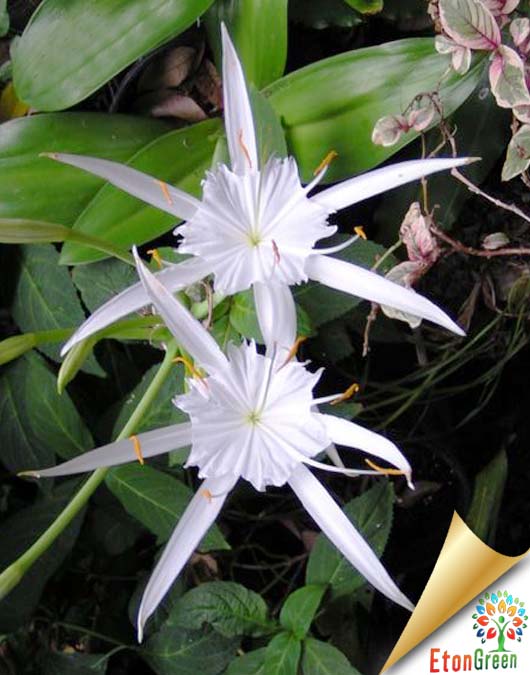
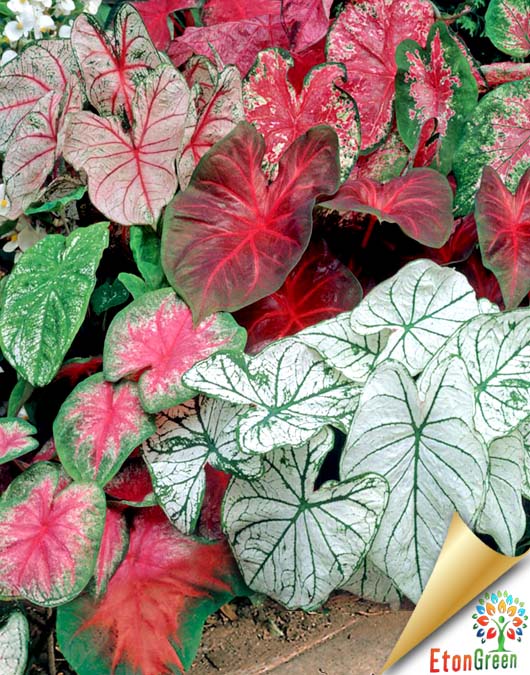


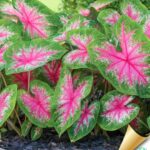
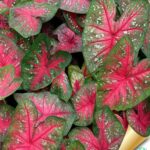
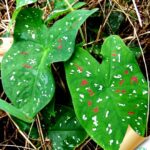
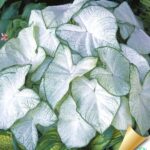

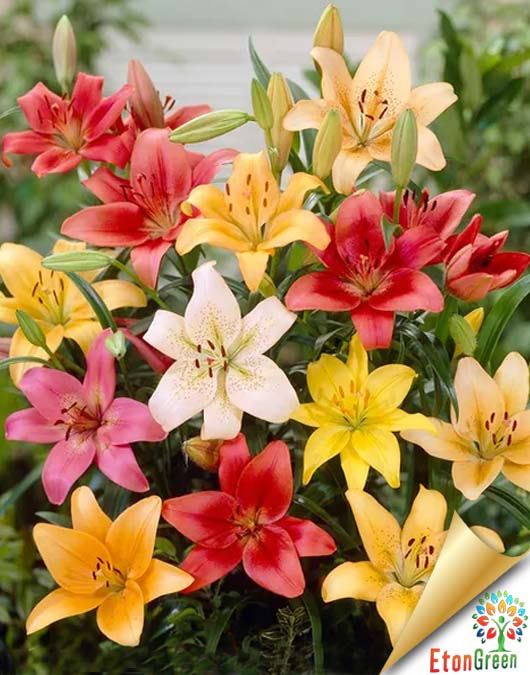
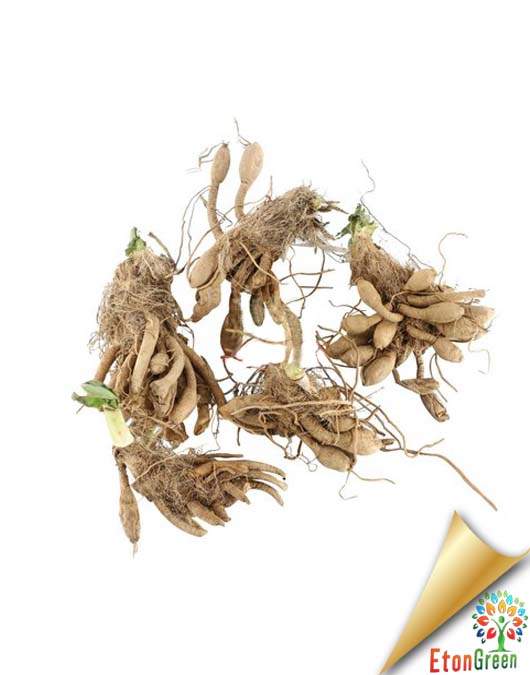
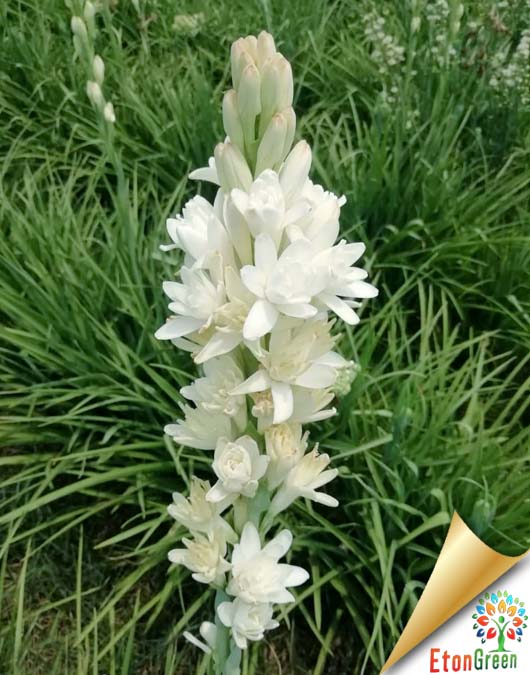
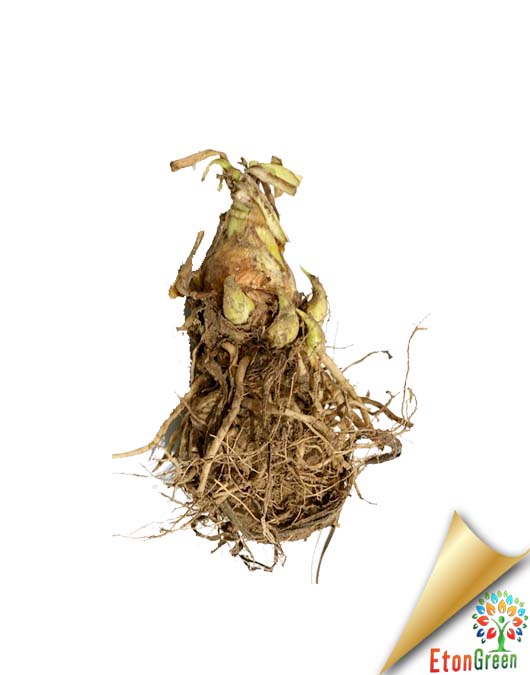
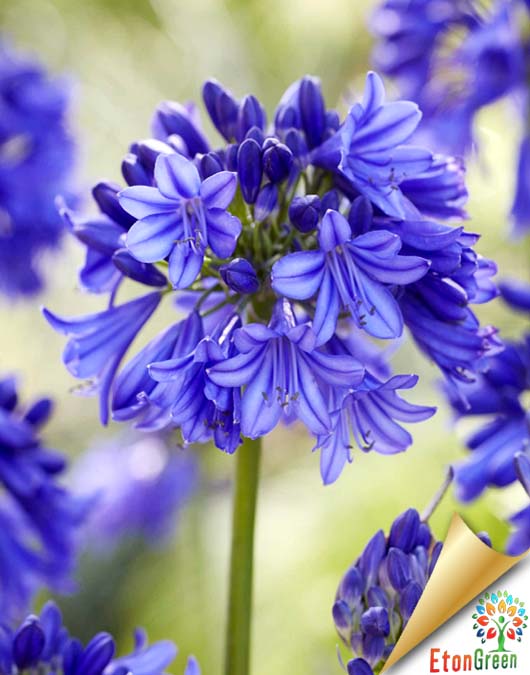

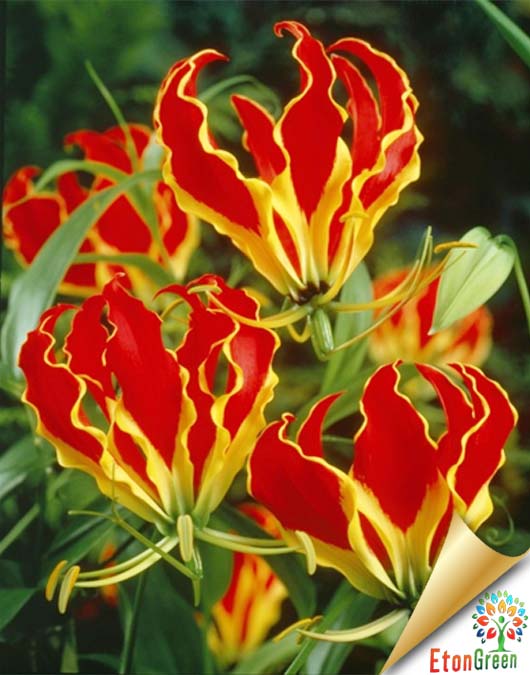
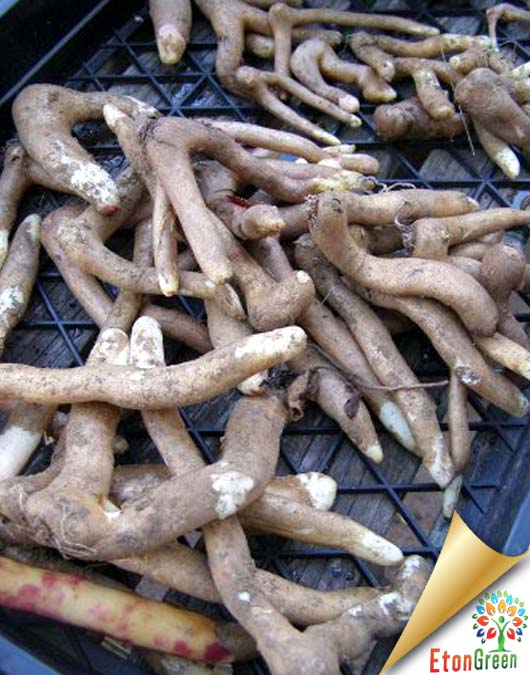
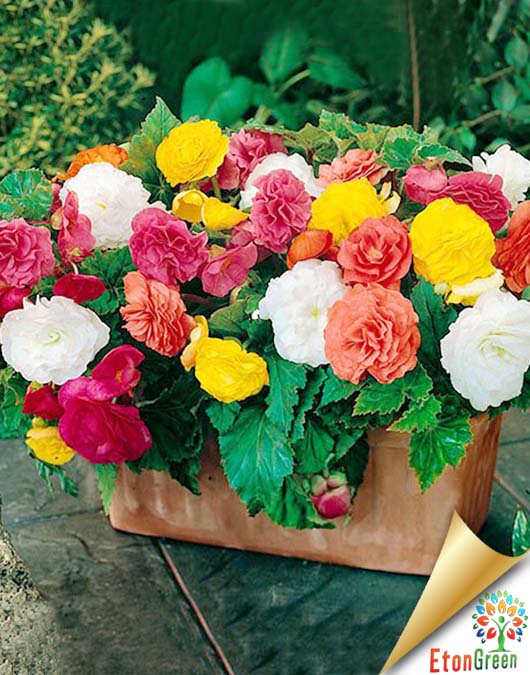
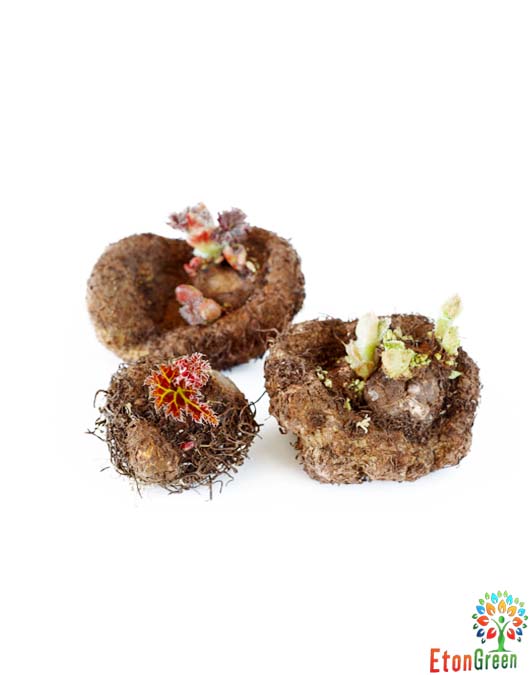
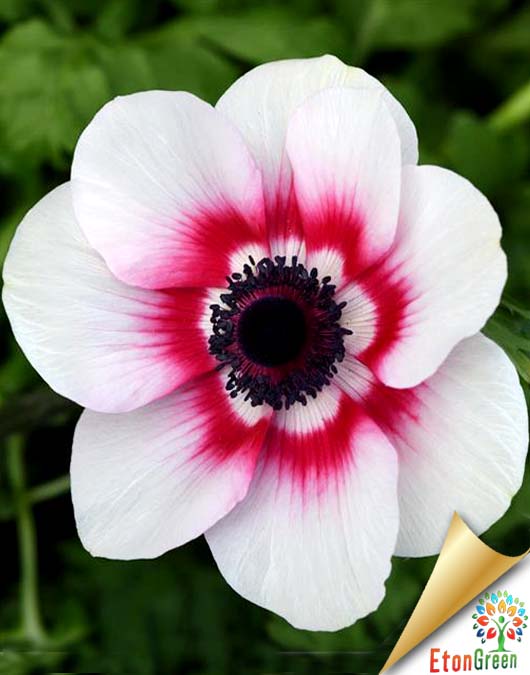

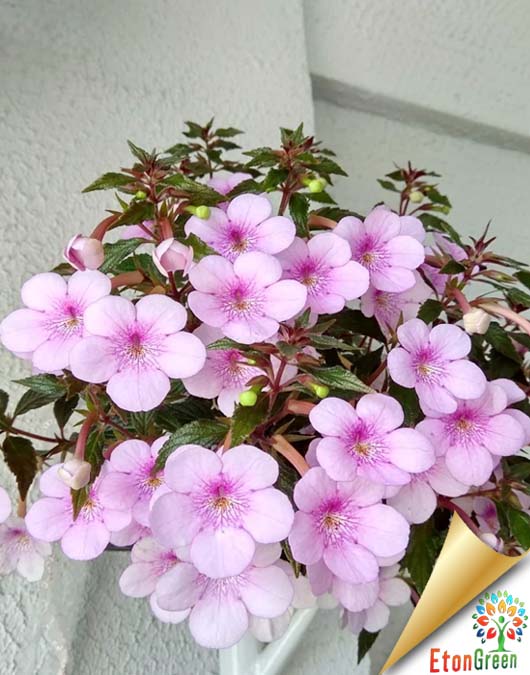

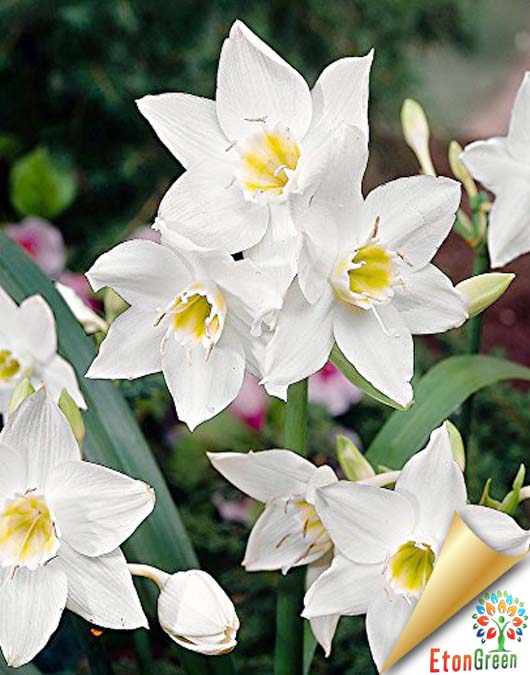
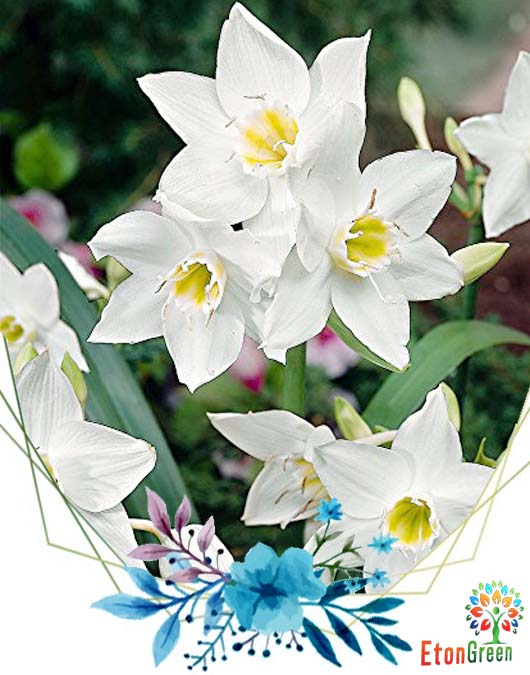
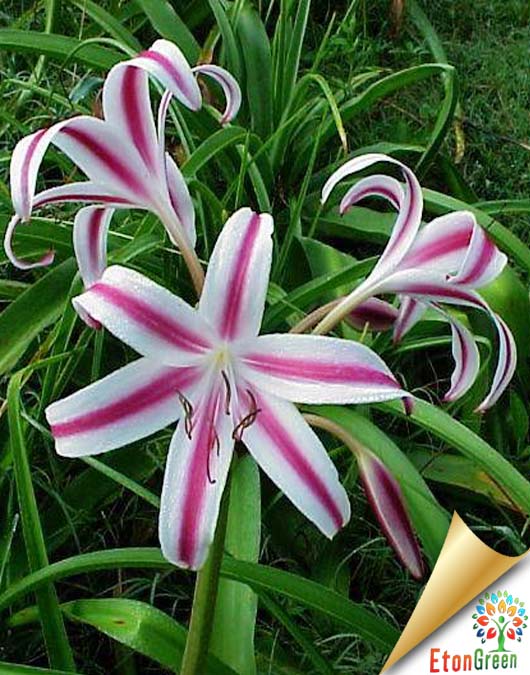
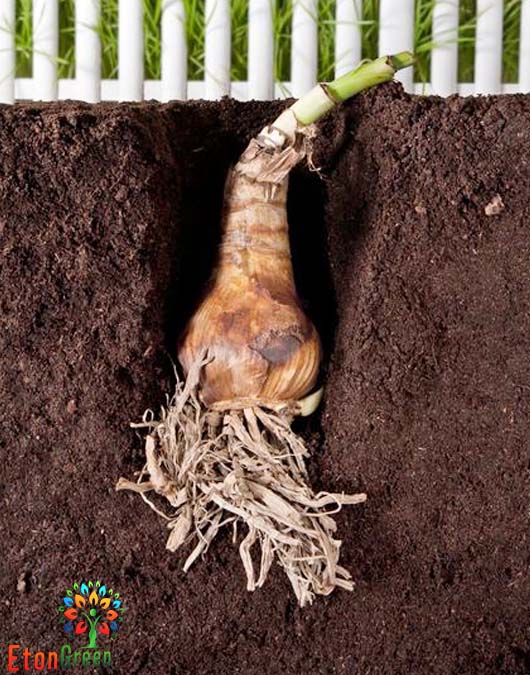
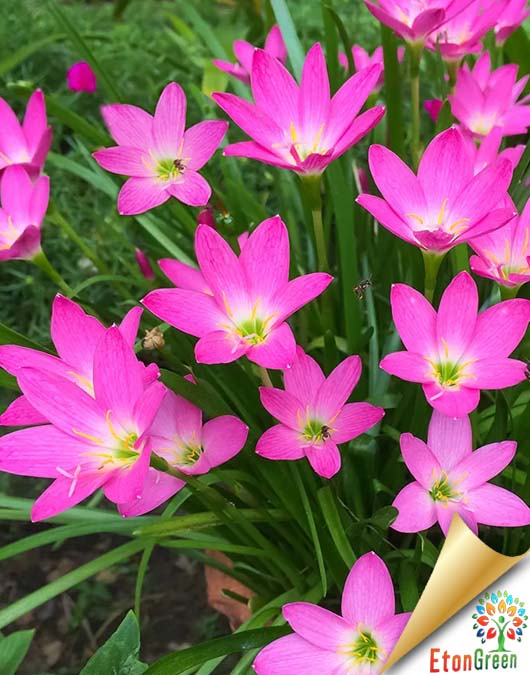
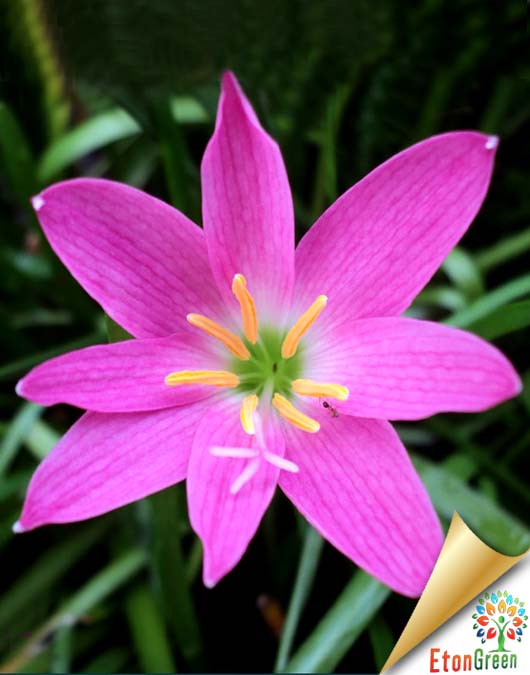
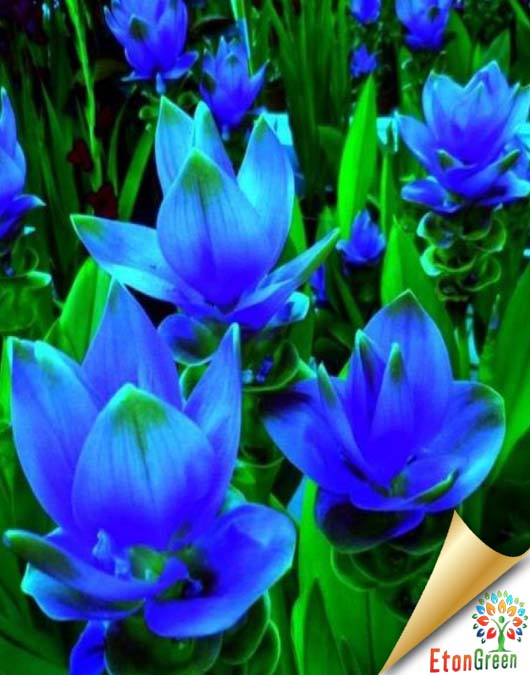
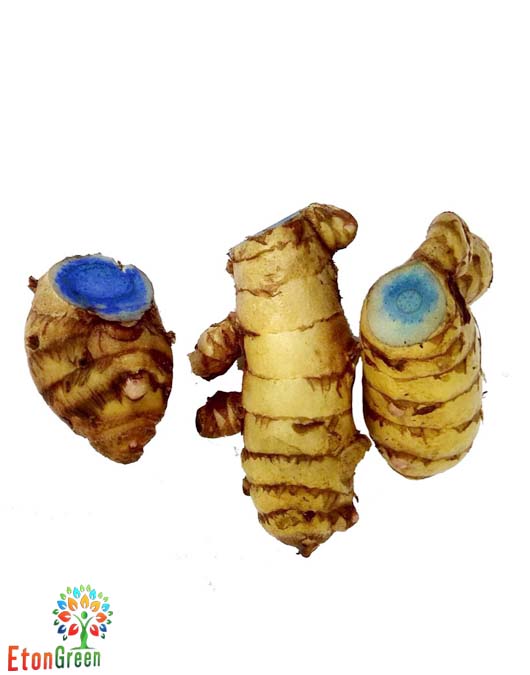
Sonia –
Germinated all the bulbs, good quality